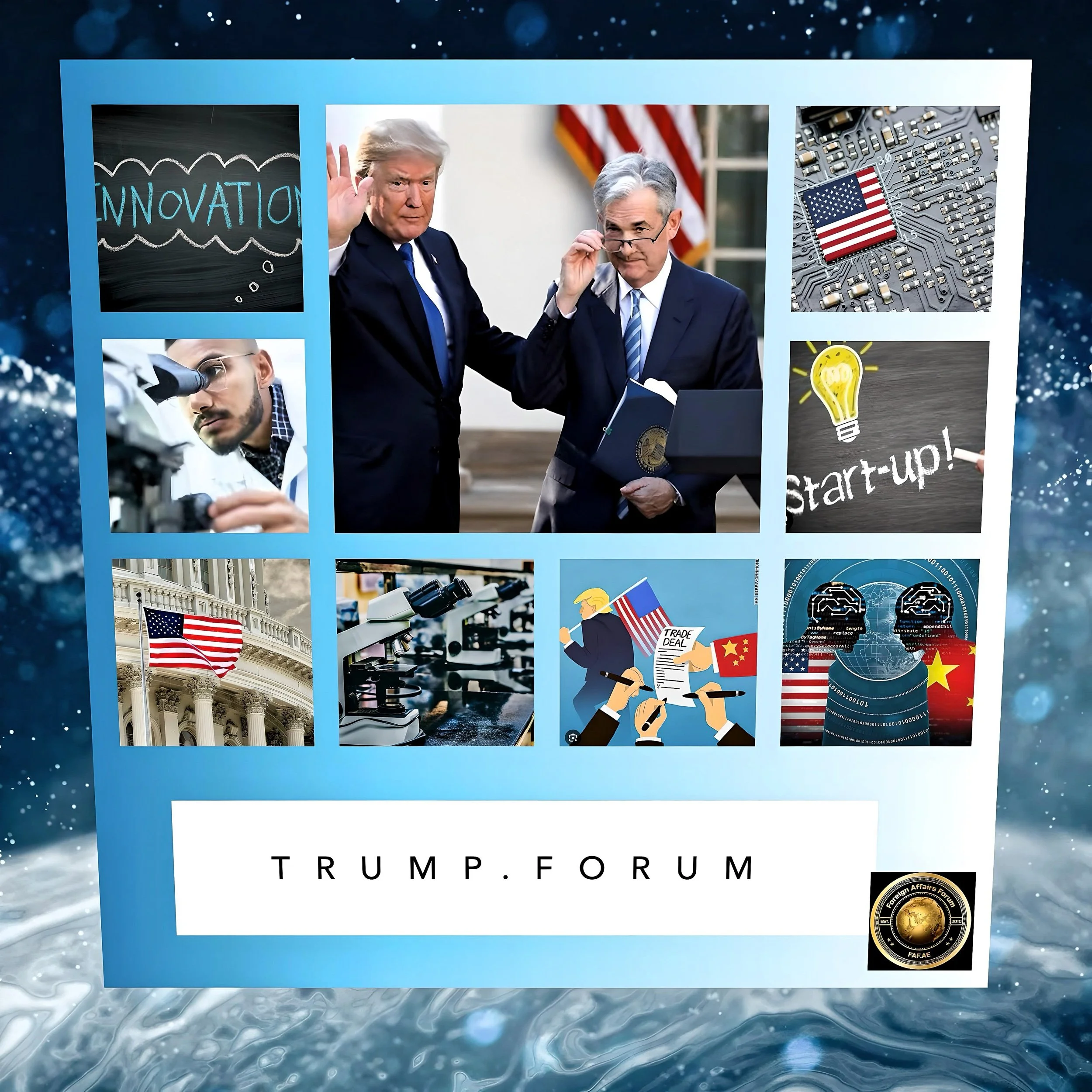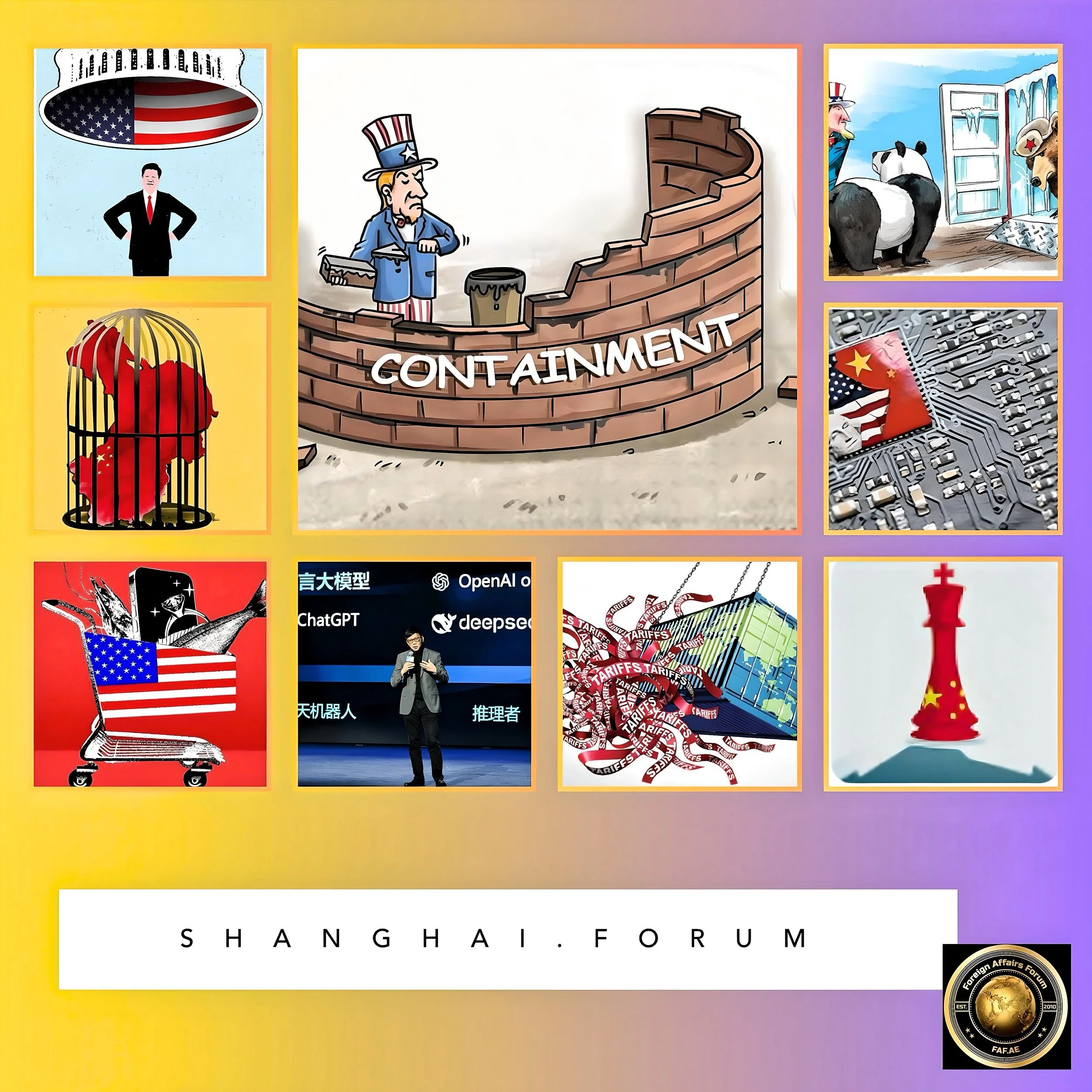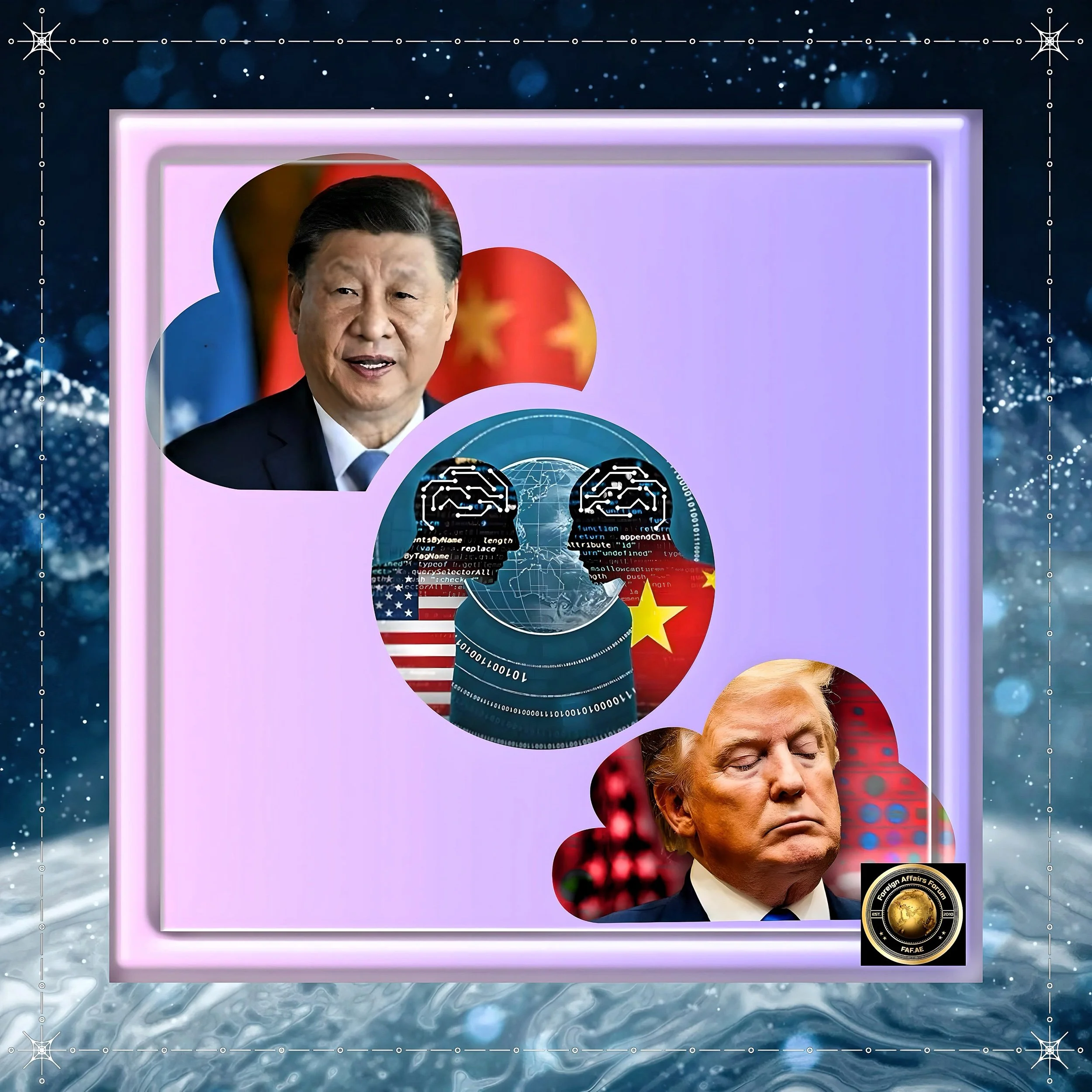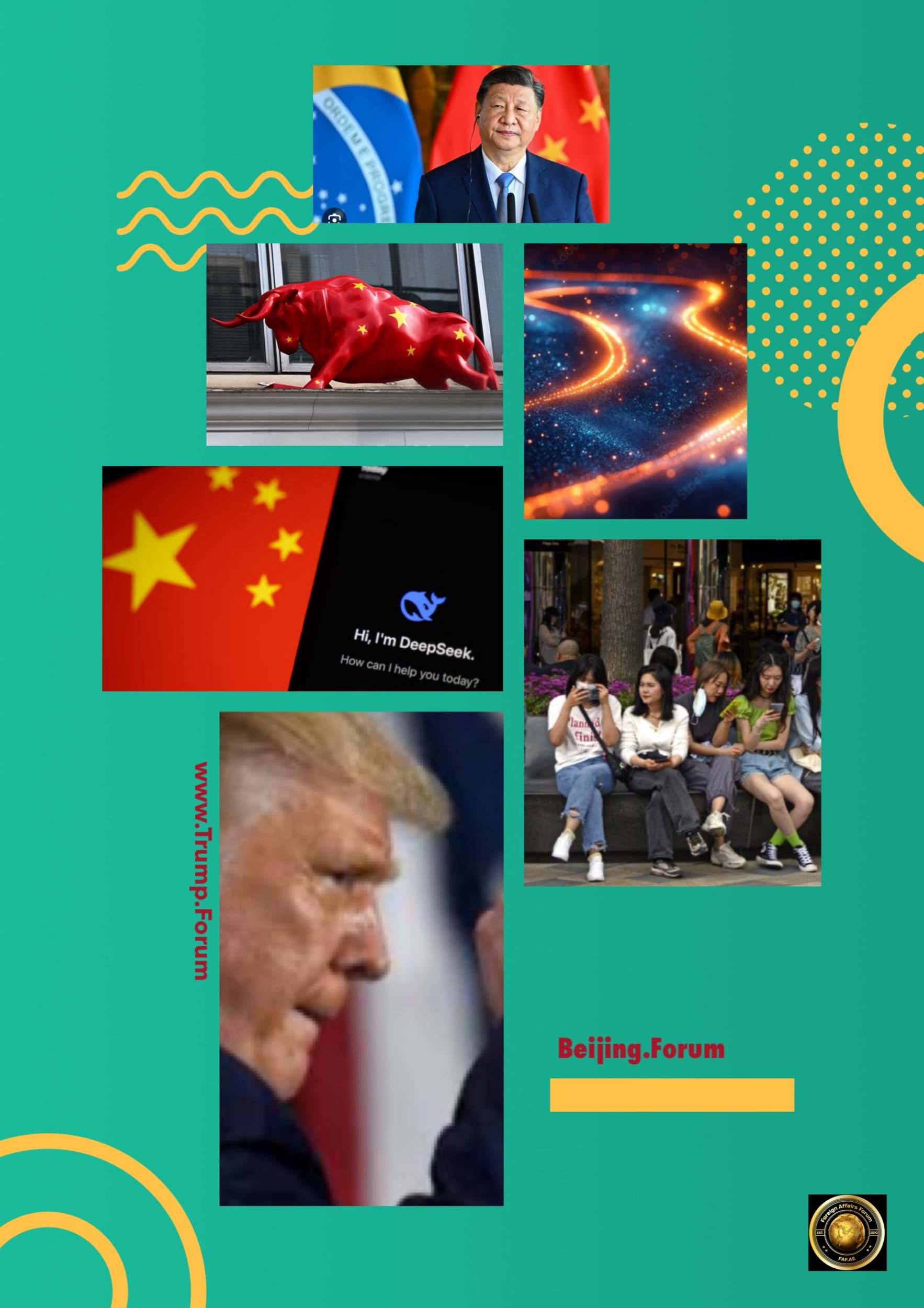Fostering Innovation: How the United States Can Compete with China in Technology
Introduction
The United States and China are engaged in what experts have called “the greatest show on Earth” - an intense competition for technological leadership that will shape the global balance of power for decades.
This competition spans critical domains, including artificial intelligence, quantum computing, semiconductors, biotechnology, and clean energy.
Understanding how the U.S. can maintain and strengthen its innovative edge requires examining both countries’ approaches to innovation and developing targeted strategies that leverage American strengths while addressing emerging challenges.
Before diving into specific recommendations, it’s worth noting that the U.S. remains a global innovation powerhouse, with the federal government allocating $201.9 billion for research and development in fiscal year 2025.
However, China’s rapid technological advancement and strategic focus on emerging technologies present a serious competitive challenge that requires a comprehensive response.
The Current Innovation Landscape
America’s Innovation Ecosystem
The United States’ global dominance in science and technology is no accident. It stems from a far-seeing partnership between the public and private sectors to boost innovation and economic growth.
The backbone of this system is a decentralized funding approach where federal agencies direct grants to universities, which then leverage these investments with funds from other sources, including charitable donations, industry collaborations, and non-profit organizations.
Unlike China’s more centralized approach, the U.S. system values academic freedom and manages grant competition through peer review.
This ecosystem is compelling because university research translates into commercial applications. In 2023 alone, U.S. universities licensed 3,000 patents, 3,200 copyrights, and 1,600 other licenses to technology start-ups and existing companies, spinning off more than 1,100 science-based startups.
China’s Strategic Approach
China, under President Xi Jinping, has aggressively designed, implemented, and funded programs to dominate future technologies.
Beijing’s approach combines state direction with market forces, creating what analysts call a “re-innovation” strategy that goes beyond simply copying Western technology.
China has recognized the potential advantages of seizing the innovation “high ground” and hopes these efforts will underpin national rejuvenation, making the country powerful and self-sufficient.
The Chinese government strategically allocates funding and resources to industries and research areas deemed a priority.
According to data from March 2024, China’s state-led investment into its semiconductor industry alone has exceeded $150 billion since 2014, including central and provincial government support.
In May 2024, China announced an additional $47.5 billion for its “Big Fund” to support the semiconductor industry.
Strategic Approaches for U.S. Innovation
Leverage the Public-Private Partnership Model
The U.S. innovation ecosystem thrives on collaboration between government, universities, and industry - a model that has proven remarkably successful.
Federal agencies provide funding to universities for basic and applied research, universities leverage these investments with other funds, and the resulting intellectual property fuels startups and technology transfer to existing companies.
To strengthen this virtuous cycle, the U.S. should
Increase coordination between federal research agencies to ensure complementary rather than duplicative investments
Streamline technology transfer processes to accelerate commercialization of federally-funded research
Expand programs that bridge the “valley of death” between research and commercialization
Balance Containment with Innovation Promotion
While the U.S. has implemented various restrictions to slow China’s technological advancement, many experts recognize that containment alone is insufficient.
Since 2018, under both the Trump and Biden administrations, the United States has imposed sweeping restrictions on China, including entity list designations, semiconductor export controls, and bans on advanced chips needed for AI technology.
However, as supply chains become more diverse and complex, the range of options to evade such sanctions grows.
The January 2025 release of DeepSeek’s R1 AI model, which was built through software optimization rather than expensive microchip investments, demonstrates that China can find innovative ways to circumvent U.S. restrictions.
The U.S. needs a balanced approach that combines prudent restrictions with aggressive innovation promotion.
This requires
Targeted export controls focused on truly critical technologies with clear national security implications
Increased federal investment in basic research and emerging technologies
Expanded support for domestic manufacturing of strategic technologies
Policy Recommendations for Fostering Innovation
Strengthen Federal R&D Funding
The U.S. government remains the largest source of academic R&D funding globally. To maintain this leadership position, the U.S. should:
Continue increasing federal R&D budgets, building on recent initiatives like the CHIPS and Science Act
Ensure long-term funding stability for key research programs to enable strategic planning
Target investments toward “critical and emerging technologies” including advanced semiconductors, quantum information systems, AI, biotechnology, and clean energy
Support Entrepreneurship and Small Business Innovation
Small businesses and startups play a crucial role in the U.S. innovation ecosystem. Programs like the Small Business Innovation Research (SBIR) and Small Business Technology Transfer (STTR), known as America’s Seed Fund, provide vital early-stage capital for technology commercialization.
These programs aim to stimulate technological innovation, meet federal R&D needs, encourage innovation and entrepreneurship, and increase private-sector commercialization of innovations derived from federal funding.
In conjunction with venture capital, which adds approximately $171 billion to scale these investments, these programs create a powerful engine for innovation.
To enhance this support, the U.S. should
Expand the SBIR/STTR programs to reach more entrepreneurs, particularly in underserved regions
Create additional innovation funds modeled after successful initiatives like the Social Innovation Fund and the Investing in Innovation (I3) Fund
Develop targeted programs for critical technology areas where U.S. leadership is threatened
Develop Advanced Manufacturing Capabilities
The U.S. needs to strengthen its capacity to manufacture advanced technologies domestically.
Recent initiatives like the CHIPS and Science Act aim to grow domestic production capacity for semiconductors, but more comprehensive efforts are needed across multiple technology domains.
Recommendations include
Expanding tax incentives for capital investments in advanced manufacturing facilities
Creating regional innovation hubs that bring together research institutions, manufacturers, and workforce development programs
Modernizing infrastructure to support next-generation manufacturing
Cultivate Tech Talent
A skilled workforce is essential for technological innovation. The U.S. should:
Invest in STEM education at all levels, from K-12 through graduate studies
Reform immigration policies to attract and retain global tech talent
Develop reskilling programs to prepare workers for emerging technology fields
Future Considerations
Develop New Competitive Tools
The U.S. approach to technological competition with China currently consists mainly of “incumbent tools” that rely on American dominance, such as export controls and investment restrictions.
While these tools are appropriate for domains where the U.S. leads, they are less effective in areas where U.S. dominance is challenged.
The U.S. needs to develop new approaches for technological domains where it is not already the leader. This might include:
Selective industrial policy measures targeting strategically important sectors
Enhanced international collaboration with allies to create larger markets and research networks
Novel regulatory frameworks that promote innovation while addressing security concerns
Foster International Collaboration
While competition with China is real, selective collaboration on global challenges may still benefit both nations. The U.S. should explore:
Focused scientific cooperation in areas like climate change and public health
Development of international standards for emerging technologies
Mechanisms to manage technology competition while reducing the risk of conflict
Conclusion
The technology competition between the United States and China represents one of the defining geopolitical challenges of our time.
Success in this competition requires more than just restricting China’s access to technology; it demands a comprehensive approach to fostering innovation within the United States.
By strengthening its unique innovation ecosystem, balancing containment with innovation promotion, and implementing targeted policies to support R&D, entrepreneurship, manufacturing, and talent development, the United States can maintain its position as a global technology leader.
However, this will require sustained commitment, strategic investments, and adaptability in the face of rapidly evolving technological landscapes.
The competition is indeed “the greatest show on Earth”, and its outcome will shape not just economic prosperity but also national security and global influence for decades to come.






